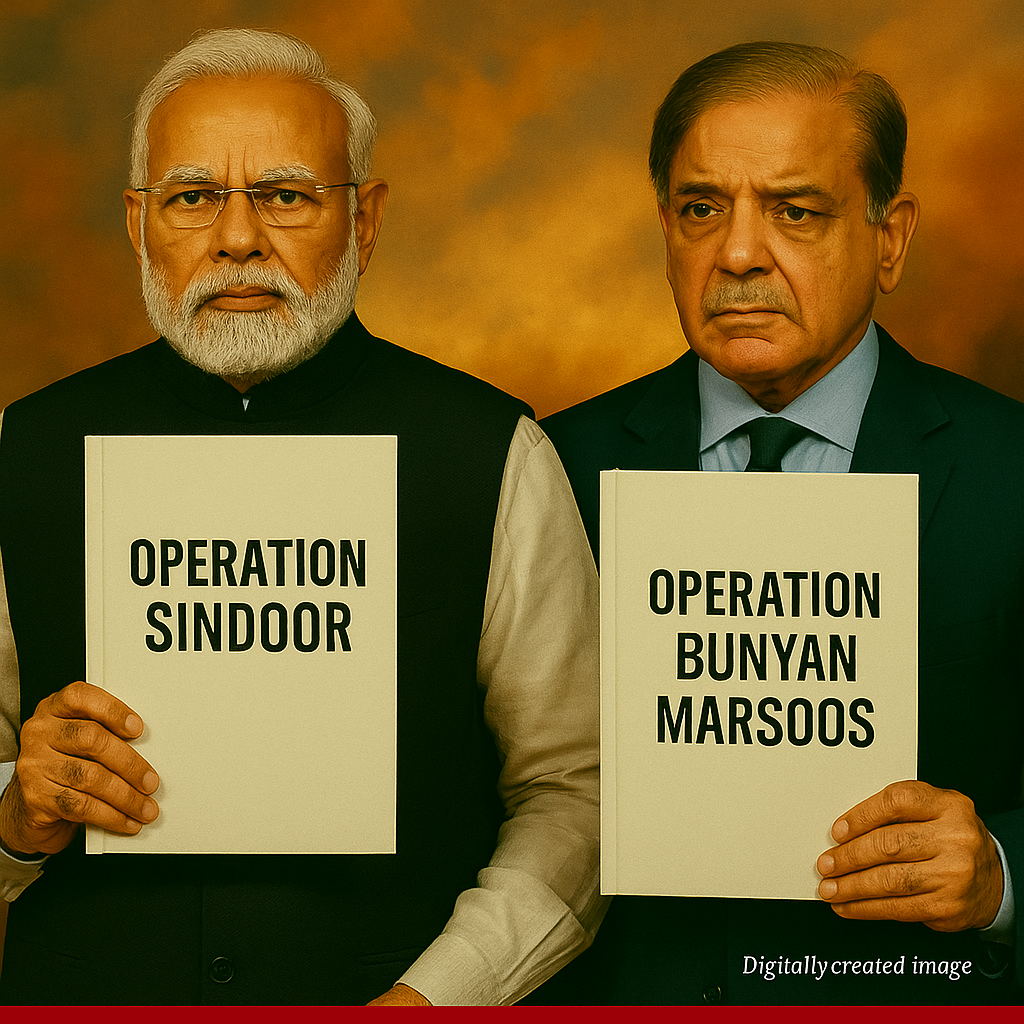A fragile ceasefire between India and Pakistan, brokered after several days of deadly cross-border confrontations, remained in place as of Sunday evening, despite mutual allegations of violations and deepening mistrust between the two nuclear-armed neighbors. While no new hostilities were reported across the Line of Control (LoC) or the International Border throughout Sunday, the uneasy calm reflects the volatile nature of the decades-long Kashmir conflict.
Ceasefire Announcement and Conflicting Narratives
The ceasefire was first publicly announced by U.S. President Donald Trump via Truth Social, where he stated the agreement was achieved after a “long night of talks mediated by the United States.” His post sparked international attention, framing the truce as a direct result of American diplomacy.
However, Indian officials offered a different version of events. According to The Hindu, India’s Ministry of External Affairs clarified that the ceasefire was arranged directly between the two countries’ military leadership following a 3:35 p.m. IST call initiated by Pakistan’s Director General of Military Operations (DGMO) to his Indian counterpart on May 10. The agreement, which took effect at 5:00 p.m. IST, mandated a halt to all military activities by land, air, and sea.
Indian Foreign Secretary Vikram Misri emphasized the agreement was bilateral and “not mediated by any third party,” contradicting the U.S. narrative as quoted by Economic Times.
Ceasefire Violations and Pakistan’s Official Response
Despite the ceasefire, India reported explosions and drone activity in Srinagar and Jammu. India’s Foreign Secretary accused Pakistan of violations, citing border incursions. In contrast, Pakistan’s Ministry of Foreign Affairs responded with an official statement:
Pakistan Ministry of Foreign Affairs Statement (May 10, 2025):
Responding to media queries regarding the statement made by the Foreign Secretary of India regarding ceasefire violations, the Spokesperson said:“Pakistan remains committed to faithful implementation of ceasefire between Pakistan and India, announced earlier today. Notwithstanding the violations being committed by India in some areas, our forces are handling the situation with responsibility and restraint. We believe that any issues in smooth implementation of the ceasefire should be addressed through communication at appropriate levels. The troops on ground should also exercise restraint.”
The statement was reported by Al Jazeera and The Guardian, which also confirmed Pakistan’s call for diplomatic communication channels to avoid escalation.
Escalation Triggered by Pahalgam Attack
The ceasefire followed India’s May 7 “Operation Sindoor,” a retaliatory strike on terror camps following the April 22 suicide bombing in Pahalgam, which killed 26 Hindu pilgrims, as reported by BBC.
Pakistan responded with “Operation Bunyan Marsoos,” targeting Indian air bases and military installations, according to Al Jazeera. Combined casualties from both sides were reported to exceed 50, including Raj Kumar Thapa, Additional District Development Commissioner of Rajouri, per Hindustan Times.
International Pressure and the Role of Global Powers
The ceasefire was shaped by pressure from the U.S., China, and Saudi Arabia. U.S. Secretary of State Marco Rubio and Vice President JD Vance reportedly urged restraint in calls with both Indian and Pakistani leadership, as stated by the U.S. State Department.
China’s Foreign Minister Wang Yi also called for de-escalation, according to India TV, while the United Nations welcomed the ceasefire as a necessary step, per The Hindu.
Uncertain Calm in Border Regions
On May 11, no new ceasefire violations were reported, and residents in Jammu, Uri, Poonch, and Muzaffarabad expressed cautious relief. “Peace means survival,” said a resident of Muzaffarabad to Al Jazeera. Others called the situation “bittersweet” as they began returning to conflict-ravaged homes.
However, India continues to enforce sanctions on Pakistan, including the suspension of the Indus Waters Treaty and visa restrictions, as noted by CNN.
The upcoming DGMO talks scheduled for May 12 may determine whether this ceasefire will evolve into a lasting de-escalation effort or remain another short-lived pause in a decades-long rivalry.
(With inputs from media outlets: The Hindu, Al Jazeera, BBC, The Guardian, CNN, Hindustan Times, The Washington Post, India TV, Times of India, U.S. State Department, Economic Times)
A global media for the latest news, entertainment, music fashion, and more.















